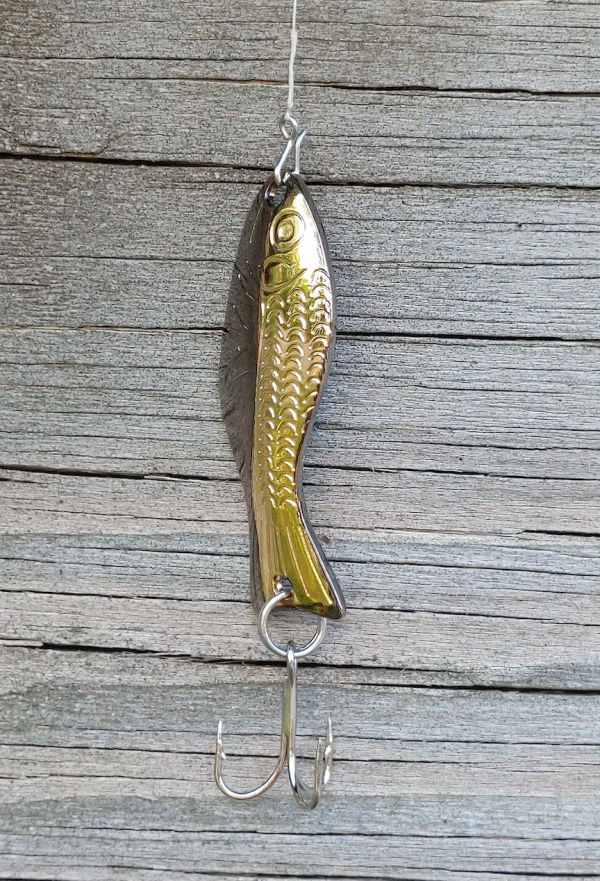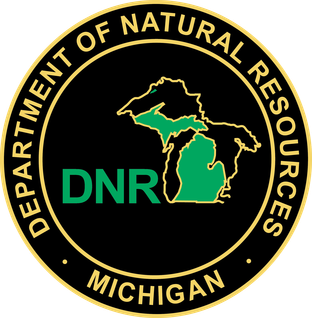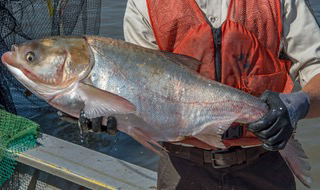Minnesota: Virus Kills Carp in Lake Elysian

Thousands of common carp died last month in Waseca County’s Lake Elysian because of a virus likely introduced to Minnesota waters by the release or escape of ornamental koi or pet goldfish.
A joint effort by the Minnesota Department of Natural Resources and the University of Minnesota have determined koi herpesvirus (KHV) was the main cause of the late-June fish kill in southern Minnesota. It is the state’s first documented case of the virus in a wild fish population.
KHV does not affect humans and is not believed to affect other fish species. First documented in the United Kingdom in 1996, the virus has since been documented worldwide, mostly in countries that culture koi or common carp. This virus can cause disease in koi and common carp. Goldfish can be carriers of the virus but typically do not show signs of the disease.
“The virus can be present in a lake without causing a fish kill, at least not until the right conditions are present,” said DNR fisheries pathology lab supervisor Ling Shen. “KHV is highly contagious, and as we’ve seen, very capable of causing large-scale die-offs of common carp.”
Initially, DNR pathology lab analysis indicated the fish kill was caused by columnaris disease, which is spread by a particular bacterium. But further testing of common carp samples by the University of Minnesota’s Dr. Nicholas Phelps identified KHV as the primary cause of the fish kill. Columnaris now is considered a secondary contributor.
“Many people don’t realize that koi are essentially just colorful carp so ultimately they are the same species and not native to Minnesota,” said Craig Soupir, DNR’s Waterville area fisheries supervisor. “What this incident tells us is the virus can be introduced by human action – a goldfish or koi was likely released from a home aquarium or pond into Lake Elysian or a connecting waterway.”
The disease also can be transported through the moving of infected water, by migration of infected carp or on various surfaces.
The DNR reminds the public that releasing ornamental fish into the wild has consequences and is illegal. Residents looking to dispose of exotic species are urged to contact their area DNR fisheries or wildlife office or local humane society.
To prevent the spread of diseases such as KHV and invasive species, anglers and boaters need to clean their watercraft of aquatic plants and prohibited invasive species; drain all water by removing drain plugs and keeping them out during transport; and dispose of unwanted bait in the trash.
In Minnesota, compliance with aquatic invasive species laws in Minnesota has increased to 96 percent, based on more than 417,000 watercraft inspections in 2016. The DNR provides training to watercraft inspectors employed by local units of government and tribes. Last year, the DNR trained a record 857 non-DNR inspectors across the state.
More information, including a 30-second public service announcement about preventing the spread of aquatic invasive species, is available on the aquatic invasive species page at mndnr.gov/invasives/aquatic.






